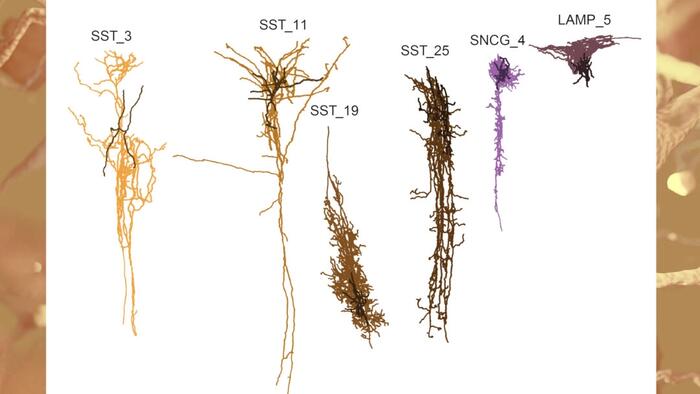Recent advancements in Alzheimer’s disease research have uncovered critical insights regarding the progression of the disorder, indicating that significant brain changes may take place decades prior to the onset of symptoms. A recent study funded by the National Institutes of Health (NIH) and conducted by researchers from the Allen Institute sheds light on a two-phase progression of Alzheimer’s. This research reveals a silent, initial phase characterized by subtle brain alterations well before any cognitive decline is evident. Igor Camargo Fontana, a director at the Alzheimer’s Association, emphasizes the importance of these findings, which indicate that changes in the brain can start to occur as early as 10 to 20 years before memory and cognitive symptoms typically manifest.
The silent early phase of Alzheimer’s is marked by gradual damage to the brain that occurs inconspicuously. Key aspects of this phase include the accumulation of beta-amyloid plaques alongside detrimental changes to inhibitory neurons, which are crucial for maintaining the communication pathways between brain cells. Fontana notes the critical role of somatostatin inhibitory neurons, which had previously been underestimated in relation to Alzheimer’s pathology. The changes in these neurons occur mainly in brain regions connected with memory, vision, and language, and they disrupt overall communication, prompting concerns about how this phase contributes to long-term cognitive health.
In contrast, the later phase of Alzheimer’s is characterized by pronounced deterioration of cognitive function, with rapid deterioration in brain health. This phase sees an increased presence of amyloid plaques and tau tangles, leading to significant neural damage and inflammation, coupled with symptoms like memory loss and confusion. The study reveals that during this symptomatic phase, additional brain cells, such as microglia and astrocytes, play a part in responding to the disease by attempting to combat initial changes. However, this response may inadvertently contribute to chronic inflammation and further progression of the condition, indicating a complex interplay of biological factors as the disease advances.
The implications of these findings could revolutionize both diagnosis and treatment for Alzheimer’s disease. Understanding the distinct phases of the disease allows for the potential development of more targeted therapeutic approaches. As Dr. Richard J. Hodes from the NIH noted, detecting early changes in the brain offers a unique opportunity to intervene before substantial damage occurs. By identifying the specific cellular changes associated with the early and late phases of the disease, medical professionals might enhance diagnostic accuracy and tailor therapeutic strategies to address the particular needs of patients at different stages of Alzheimer’s.
One of the most significant aspects of the study is its suggestion that the long pre-symptomatic period of Alzheimer’s may present opportunities for early intervention. Fontana highlights the possibility of delaying or even preventing the more destructive phase of the disease by effectively addressing changes during the earlier “quiet” phase. Continuous research into the indicators of early Alzheimer’s, including amyloid and tau biomarkers, is crucial for developing effective diagnostic tools that can facilitate timely treatment. As the scientific community further investigates these relationships and underlying mechanisms, there remains hope for improved patient outcomes through early detection.
Looking forward, this groundbreaking research establishes a crucial foundation for future studies on Alzheimer’s disease and other forms of dementia. By delving deeper into the interplay between various cell types in the brain and their roles in disease progression, researchers aim to discover protective factors that could lead to innovative therapeutic interventions. With increased funding and interest in understanding early Alzheimer’s progression, significant strides in combatting this complex disease are on the horizon. Overall, these advancements underscore the importance of recognizing Alzheimer’s not just as a cognitive decline, but as a multifaceted disorder with roots that may begin long before symptoms arise, reinforcing the need for continued vigilance and research in this area.

